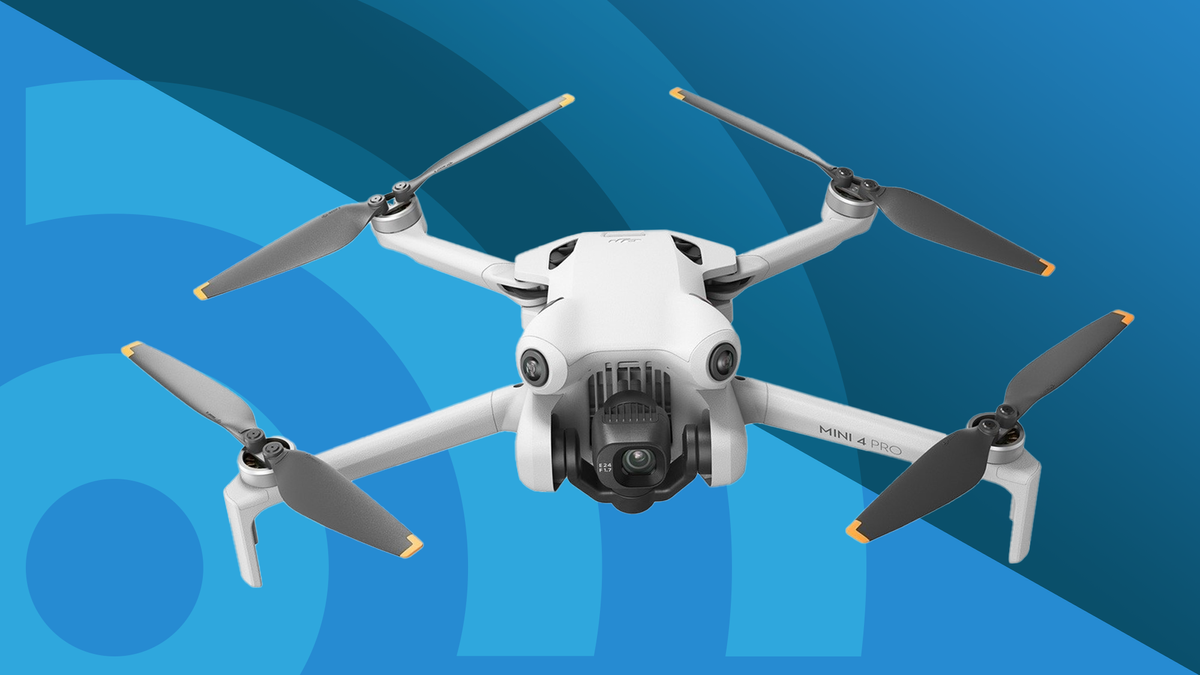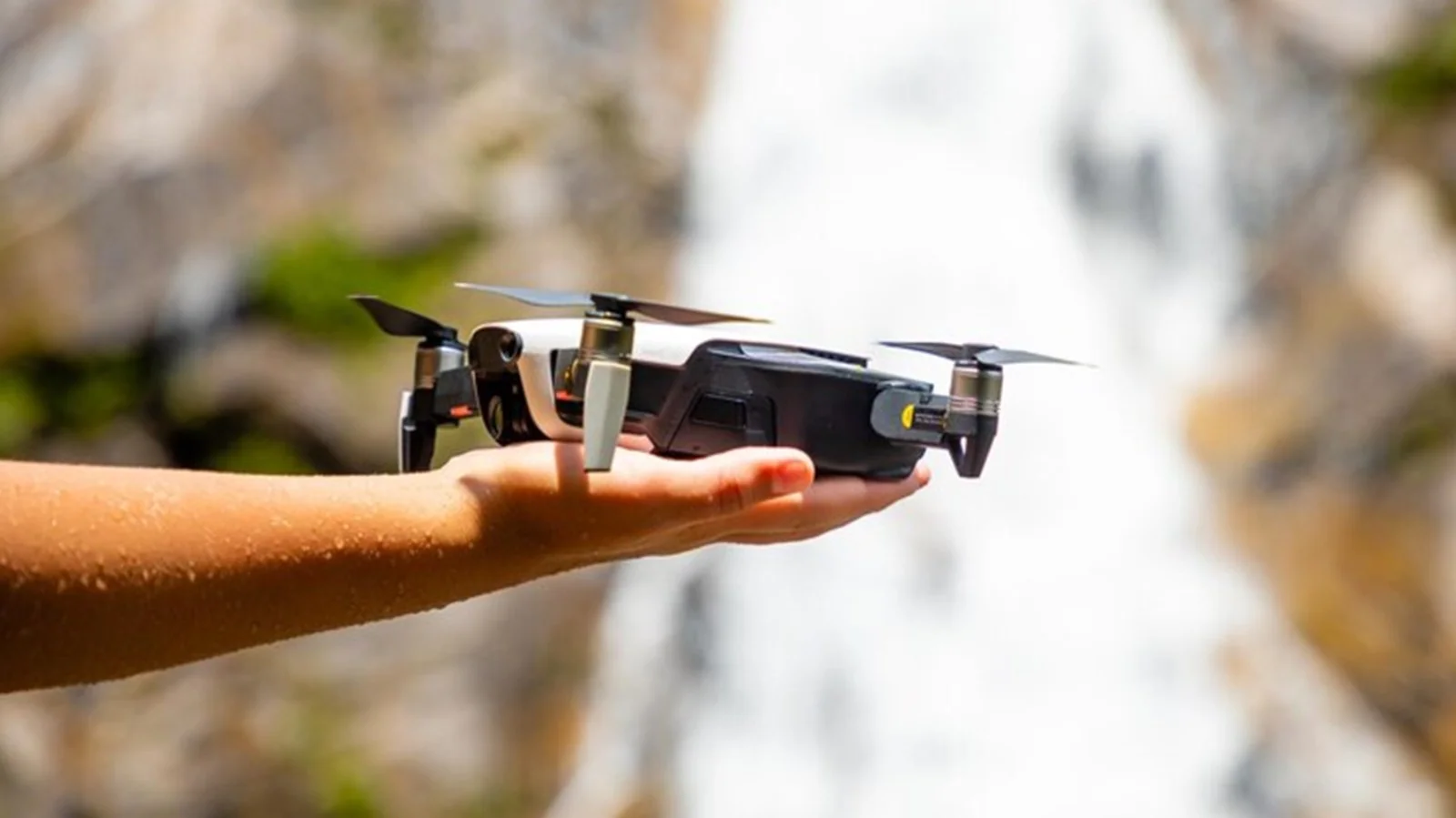High Dynamic Range (HDR) aerial photography is a mesmerizing technique that has transformed the way we perceive and capture the world from above.
It combines the exhilarating perspective of aerial photography with the power of HDR technology to produce breathtaking images that are rich in detail, color, and contrast.
In this article, we will delve into the fascinating realm of HDR aerial photography, exploring its definition, working principles, and the remarkable advantages it offers to photographers.
Unveiling HDR Aerial Photography
HDR aerial photography marries two extraordinary components – the captivating views accessible through aerial perspectives and the advanced HDR technology that extends the dynamic range of images.
The result is a visual masterpiece that transcends the ordinary, delivering images that are both striking and immersive.
How HDR Aerial Photography Operates
The process of creating stunning HDR images from aerial vantage points involves a few crucial steps:
a. Specialized Equipment: Drones equipped with high-quality cameras designed for HDR photography are commonly used. These cameras capture a sequence of images at different exposures, ranging from underexposed to overexposed.
b. Post-Processing Artistry: In post-processing, specialized software merges these distinct exposures to create a single, seamless HDR image. This process enhances the dynamic range, revealing intricate details, vibrant colors, and a more balanced exposure.
The Advantages of HDR Aerial Photography
a. Visual Brilliance: HDR aerial photography produces images that are visually striking, boasting a vivid color palette, intricate textures, and remarkable details, all framed within breathtaking compositions.
b. Creative Freedom: With the ability to explore unique angles and perspectives from above, photographers can transcend traditional limitations and capture scenes that evoke awe and wonder.
c. Versatility: HDR aerial photography finds applications in various fields, from landscape and architectural photography to environmental monitoring and aerial mapping.
d. Elevated Quality: The HDR process reduces noise, enhances contrast, and sharpens images, significantly elevating the overall quality of aerial content.
e. Competitive Edge: In the competitive world of visual content creation, adopting this innovative technique sets photographers and content creators apart, attracting a broader audience.
Tips for Excellence in HDR Aerial Photography
a. Equipment Mastery: Familiarize yourself with your drone or aircraft’s camera settings to harness the full potential of HDR aerial photography.
b. Light Awareness: Keep a keen eye on lighting conditions, as well-lit scenes tend to yield the most breathtaking results in HDR imaging.
c. Explore Creativity: Experiment with HDR settings and composition possibilities to craft unique and captivating visuals.
d. Post-Processing Finesse: Dedicate time to post-processing to refine your HDR images and achieve the desired look and quality.
Conclusion
HDR aerial photography offers an exhilarating perspective that elevates visual storytelling to new heights.
Whether you’re a professional photographer aiming to expand your portfolio or an enthusiast with an appreciation for the extraordinary, this technique opens doors to a world of creative possibilities.
As technology continues to advance, anticipate even more exciting innovations in the realm of HDR aerial photography.
So, take to the skies, explore the extraordinary, and immerse yourself in the limitless potential of this awe-inspiring technique.









Leave a Reply